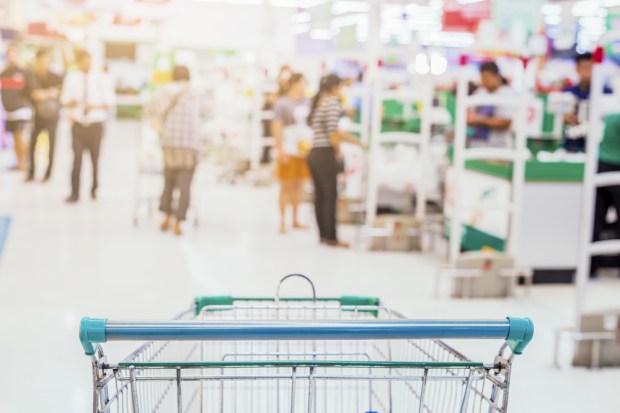Amazon Go May Be About More Than The Getting Of Groceries

It’s been about a year in the making. But here we go with Amazon Go, newly out of beta this week and available to the public, in what the eCommerce juggernaut hopes will be a brick-and-mortar retail game changer.
It seems the brick-and-mortar arena continues to entice online merchants, as the store opened its doors at Amazon’s Seattle headquarters.
The shopping is done via mobile, by app specifically, and customers get to leave with what they’ve bought without having to wait to checkout.
No cashiers, no lines and, therefore, speedier transactions. It’s all about the cameras and sensors working in conjunction with mobile devices held by consumers’ record purchases. Upon exit the store, shoppers receive a receipt via phone. Amazon calls it “Just Walk Out.”
The coolness factors are at play, where speed and streamlined experiences are key. The shopper focuses on shopping, while Amazon does all the work.
If the cashierless store concept takes off, there might be fewer cashier jobs available, with some impact at least to job prospects in that sector.
For Amazon, the impact is likely to be somewhat small for a company that logged $161 billion on a trailing 12-month basis. Maybe not even a blip.
Amazon’s footprint in terms of physical stores is small, with about a dozen locations, and so it remains to be seen if this shift will prove seismic in the way the company disrupted retail in general (and in many ways is still disrupting the traditional model).
If the mobile method is nothing new — in this space we’ve chronicled the emergence of new checkout methods and the evolution of transactions, from banks to Starbucks — it’s the upending of grocery that may be at play here. After all, QSR and mobile payments in general are gaining traction.
PYMNTS’ Karen Webster wrote about this topic more than a year ago, when the Amazon Go concept first made its appearance in Seattle, threatening to create a ripple effect in far-flung corners of the grocery industry.
We schlep to the store, we fill our baskets, we pay the cashier, we trundle the food home, in bags or by car trunk. As Webster wrote, the grocery store sector sees more than $600 billion in annual spending, and consuming those consumables accounts for 7 percent of all consumer spending. Data from the Food Marketing Institute shows that 50 percent of that is tied to perishables. Of the hundreds of billions spent on groceries, roughly 1 percent comes from online sales. We know that Dash and the smart home and Amazon’s forays into getting consumers to buy non-perishables in bulk have been a focus. And now the task of browsing the aisles, picking up the produce and getting it all back home are also firmly within the firm’s purview.
Might Amazon’s move be as much as about what we buy as about how we buy? The company, of course, bought Whole Foods, with its attendant brick-and-mortar stores numbering more than 400, and with a shudder felt across traditional grocers — scale begets pricing power, pricing power begets the ability to wage price wars and drive peers to their knees. The Whole Foods physical imprint also leaves room for tailor-made experiences, from gourmet prepared meals (cooked on site or packaged and ready to go), classes and a community feel.
And again, the pricing: This is a waterfall effect that makes groceries cheaper and more affordable, and the logic would imply that foot traffic would increase to stores like those planned by Amazon — shifting away from the local grocer, the Walmart, the Costco.
From a ripple to the first Amazon Go store — a tsunami?
From streamlined checkout to the absence of a checkout experience, one that, writ large, can apply to any retail experience, with an installed base already at critical mass: Amazon has 300 million customers who’re already used to the Amazon experience.
And they are hungry, literally, for more.
